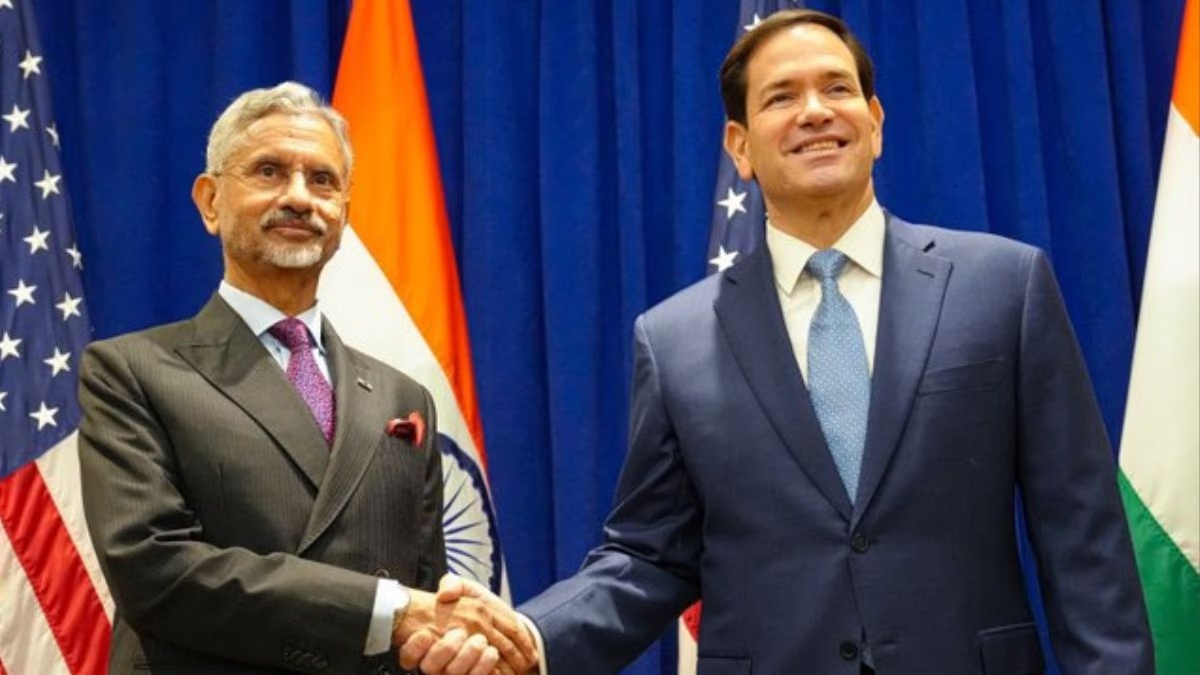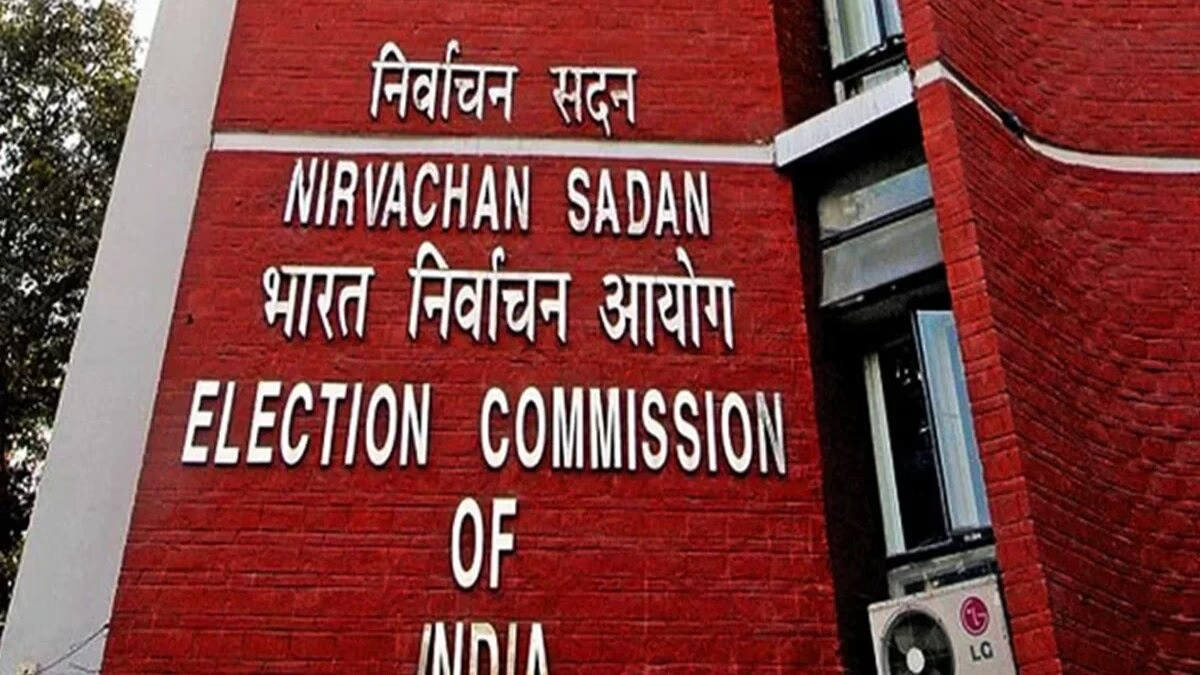Our Constitution has undergone timely amendments to fulfill the varying requirements. In the legislative assembly, altering, improving, or rectifying a bill in the process is termed 'amendment'. This term is also applied to the refinement of a proposal by the assembly or committee. No matter how cautiously a country's Constitution is drafted, the limits of human imagination often necessitate amendments.
First Amendment (1951):
Aimed at addressing practical challenges concerning the implementation of rights related to freedom, equality, and property. It imposed reasonable restrictions on the fundamental rights to speech and expression and added the Ninth Schedule to the Constitution, protecting the included laws from judicial scrutiny.
Second Amendment (1952):
Reorganized the representation in the Lok Sabha based on the 1951 census data.
Third Amendment (1954):
Substituted the Concurrent List's thirty-third entry with items including foodstuffs, fodder, raw cotton, jute, etc., allowing the government to regulate them for public interest.
Fourth Amendment (1955):
In cases where private property was acquired by the State for public welfare, the courts were not permitted to examine the adequacy of compensation.
Fifth Amendment (1955):
Modified Article 3, granting the President the authority to set a time frame for state legislatures to express their views on proposed central laws affecting their territories or boundaries.
...
Twelfth Amendment (1962):
Incorporated Goa, Daman & Diu as Union Territories into India.
Thirteenth Amendment (1962):
Granted statehood to Nagaland with special provisions.
...
Twenty-fourth Amendment (1971):
Clarified Parliament's power to amend any part of the Constitution, including the fundamental rights under Part III, and stipulated that such amendments presented to the President would be mandatory to enact.
Thirty-sixth Amendment (1975):
Sikkim was made the 22nd state of India.
...
Forty-second Amendment (1976):
Known as the 'Mini-Constitution', it brought extensive changes, including additions to the Preamble and greater supremacy for Directive Principles over Fundamental Rights.
Forty-fourth Amendment (1978):
Reversed several changes made by the Forty-second Amendment and restored civil liberties by reducing the scope of 'national emergency'.
...
Eighty-sixth Amendment (2002):
Provided the right to free and compulsory education to children between the ages of 6 to 14 and integrated it as Article 21A.
...
Ninety-fifth Amendment (2010):
Extended the reservation of seats for SC/STs in the Lok Sabha and states' assemblies till 2025.
These are just a few of the numerous amendments made in our vibrant democracy, reflecting its evolving nature and commitment to addressing the challenges and aspirations of its people over time.




